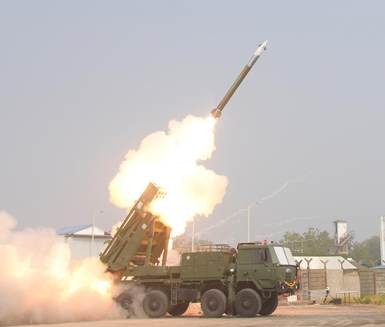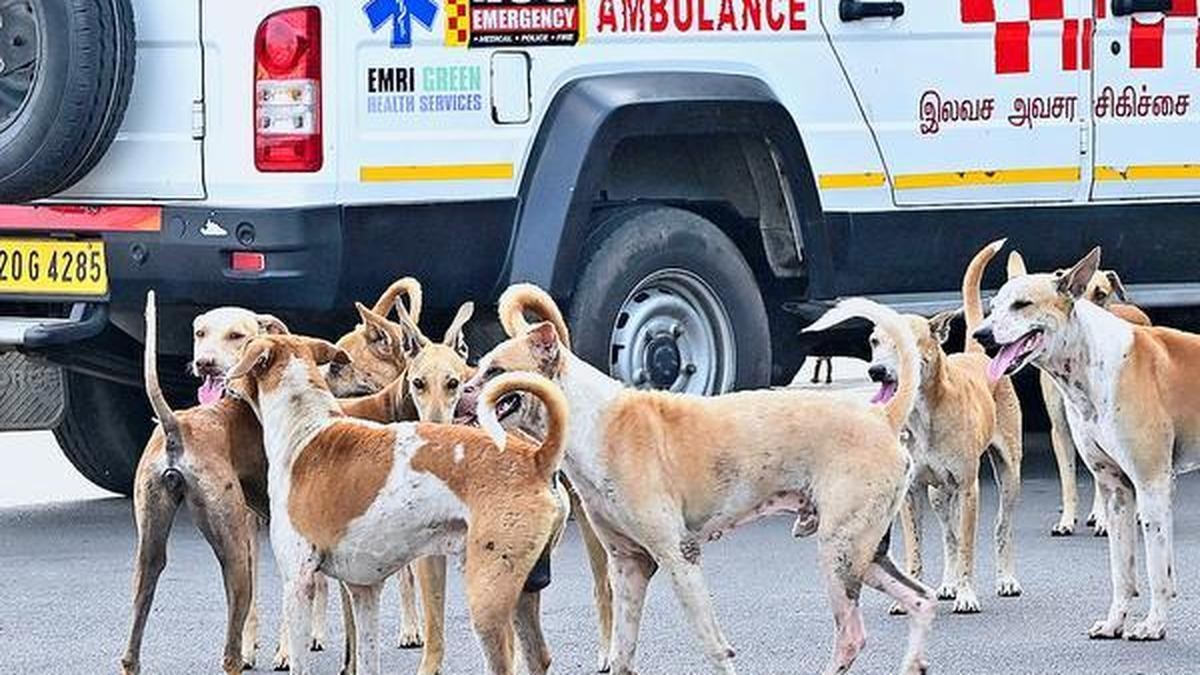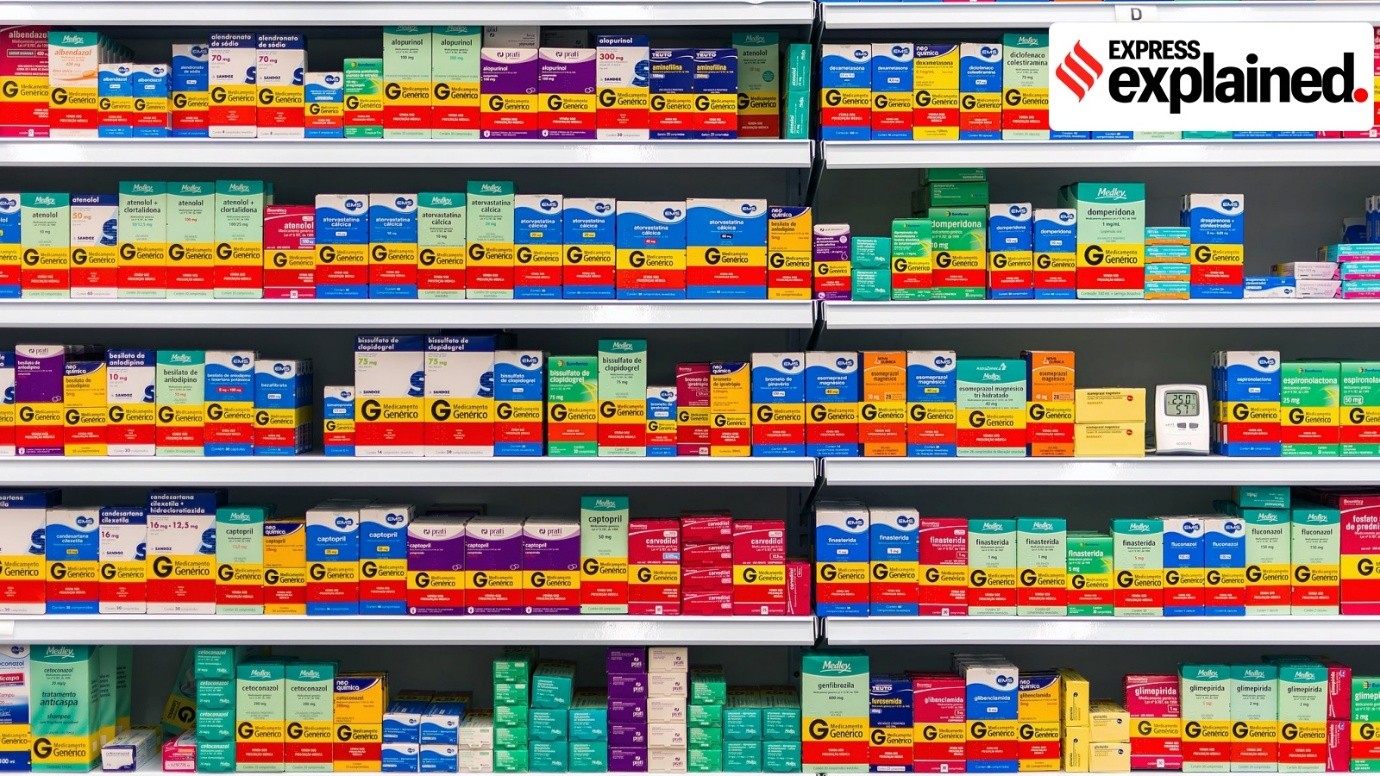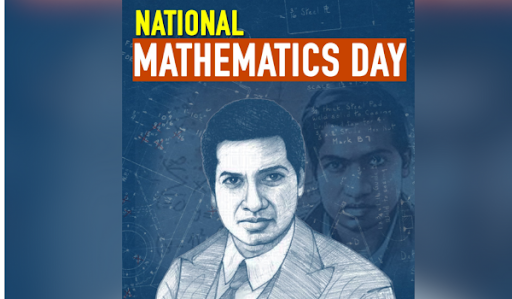



India, the second-largest tobacco consumer, faces a cancer epidemic fueled by affordable tobacco and the “chai-sutta” culture. Despite WHO’s MPOWER and COTPA, low taxes and weak enforcement persist. Raising taxes to 75%, banning single-stick sales, enforcing plain packaging, and educating youth can curb tobacco use and reduce 1.35 million annual deaths.

Copyright infringement not intended
Picture Courtesy: THE HINDU
Context:
Tobacco remains affordable in India, fuelling a growing cancer epidemic and undermining national health efforts.
India is the second-largest consumer and producer of tobacco globally, with over 253 million users aged 15 and above, according to the Global Adult Tobacco Survey (GATS-2, 2016–2017).
The “chai-sutta” culture, where smoking during tea breaks is a social norm, not only fuels tobacco use but also exposes non-smokers to second-hand smoke (SHS). GATS-2 data shows 54.3% of teenagers (15–19 years) face SHS exposure at home or in public, increasing risks of lung cancer and heart disease. This culture, combined with affordability, makes tobacco use pervasive across socioeconomic groups.
Tobacco is the leading preventable cause of cancer globally and in India, causing 27% of cancer cases in 2020, per the Indian Council of Medical Research (ICMR). It is linked to cancers of the lung, oral cavity, throat, esophagus, stomach, pancreas, and more.
In India, oral cancer is the most common tobacco-related cancer due to SLT use, which causes over 50% of oral cancer cases. Lung cancer follows, with over 85% of cases tied to smoking.
India ranks first globally in male cancer cases and mortality, with 1.46 million cancer cases in 2022, projected to reach 1.57 million by 2025.
Tobacco-related deaths claim 1.35 million lives annually, including 1 million from smoking and 0.35 million from SLT. SHS also kills 1.3 million non-smokers yearly worldwide, and has serious impacts in India, where states like Mizoram report 95% SHS exposure among women.
Tobacco use costs India ₹1.77 lakh crore annually (1.04% of GDP) in 2017-2018, with 74% from smoking and 26% from SLT. These costs include healthcare expenses for treating tobacco-related diseases and productivity losses from premature deaths.
In low-income households, tobacco spending often surpasses essentials like food and education, trapping families in poverty.
The WHO’s MPOWER framework includes six strategies to curb tobacco use:
India has made progress, reducing tobacco use by 17% (8.1 million fewer users) between 2009–2017, as per GATS-2. Measures include 85% graphic health warnings on packs since 2015, gutkha bans in many states, and a 28% GST on tobacco.
However, India’s tobacco taxes (53% for cigarettes, 22% for bidis, 60% for SLT) fall short of WHO’s 75% recommendation, keeping tobacco affordable. Single-stick/cigarette sales, allowed in India but banned in 88 countries, cost ₹15 and bypass health warnings.
|
The tobacco industry’s tactics—low pricing, lobbying against tax hikes, and “corporate social responsibility” (CSR) initiatives like COVID-19 relief donations—undermine control efforts. Weak enforcement of the Cigarettes and Other Tobacco Products Act (COTPA), 2003, and low penalties further limit effectiveness. |
The “chai-sutta” culture normalizes smoking, especially in social settings like tea stalls, making it hard to break the habit. SLT use is socially accepted, even among women, with 12.8% of women using it compared to 2% smoking.
Tobacco’s low cost and availability near educational institutions and workplaces further increase its use. For example, students smoke outside colleges, and vendors sell tobacco near campuses, violating COTPA’s 100-yard ban.
|
Under Section 6 of the Cigarette and Other Tobacco Products Act (COTPA), 2003 a provision has been made to prohibit the sale of tobacco products to an individual below 18 years of age. Under this Act, selling of tobacco products within 100 yards of any educational institute is prohibited. |
Increase Taxes: Raise tobacco taxes to 75% of retail price, outpacing income growth to make products unaffordable. STudies highlighted that a 10% price hike reduces bidi use by 9.2% in rural areas.
Ban Single-Stick Sales: Prohibit loose cigarette and bidi sales to ensure health warnings are visible and curb youth access.
Enforce Plain Packaging: Remove branding to reduce tobacco’s appeal, as seen in countries like Australia.
Restrict Sales Near Tea Stalls: Break the “chai-sutta” link by limiting tobacco sales near social hubs.
Fund Public Health: Use tax revenue for cancer screenings and cessation programs, especially in rural areas.
Strengthen Enforcement: Increase penalties and inspections to uphold COTPA and ban violations like sales to minors.
Educate Youth: Integrate anti-tobacco education in schools and colleges to prevent early initiation.
Counter Industry Influence: Ban tobacco industry CSR and monitor marketing tactics, including influencer promotions.
Must Read Articles:
Tobacco Board Focus Sustainability
Higher GST on Tobacco in India
Source:
|
PRACTICE QUESTION Q. "The economic benefits of tobacco production often overshadow its public health costs." Critically analyze. 150 words |









© 2026 iasgyan. All right reserved